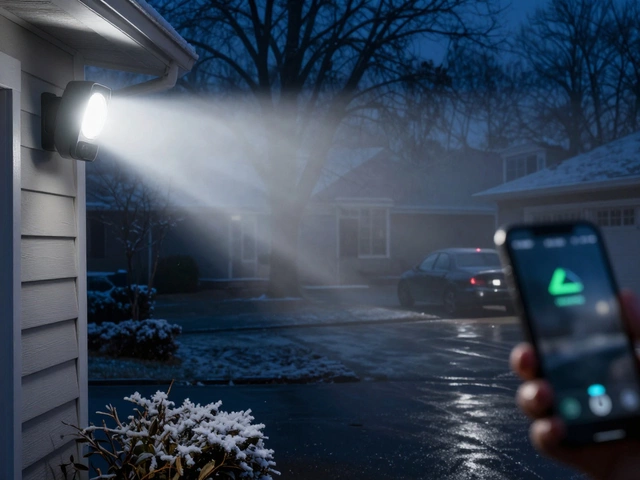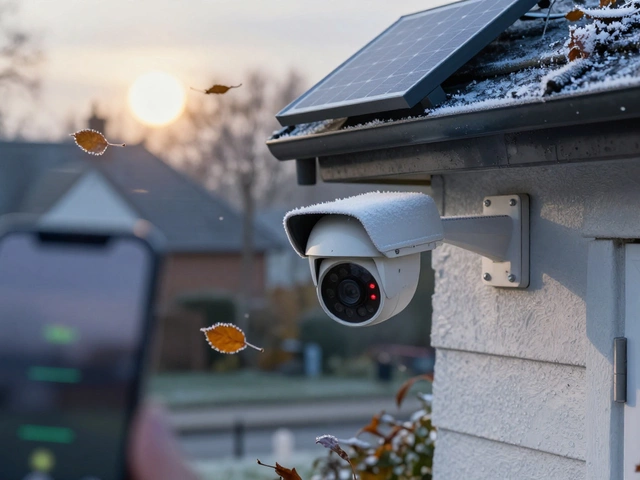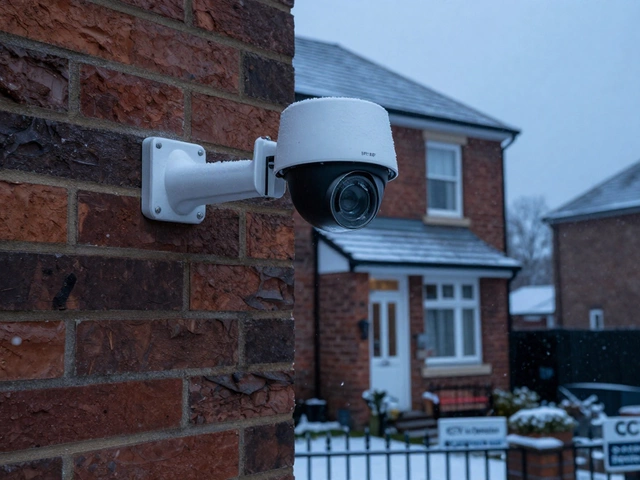LED Color Guide for Home Security Devices
Ever looked at a flashing light on your alarm panel or a tiny LED on a camera and wondered what it means? You’re not alone. Most security gear uses color‑coded LEDs to tell you if everything is fine, if there’s a problem, or if something needs your attention. This guide breaks down the most common colors so you can read them fast and act right.
What Each Color Usually Signals
Green – Green is the universal sign that a device is powered and communicating properly. On a motion sensor it means it’s online and ready to detect. On a camera, a steady green light shows the feed is active and the Wi‑Fi connection is solid.
Blue – Blue often appears during pairing or when a device is syncing with your app. If you see a blue blink after installing a new doorbell camera, it’s just telling you it’s connecting to your home network.
Yellow/Amber – This color warns you about a warning or low‑battery condition. A yellow LED on a battery‑powered doorbell means the battery is getting low and you should plan a recharge soon. On an alarm panel, a yellow flash can indicate a sensor is offline or a wiring issue.Red – Red is the alarm signal. A solid red on a panel means the system has been triggered or a fault has been detected. A red flash on a camera usually means motion has been recorded or the lens is covered.
White – White LEDs are often used for night‑vision illumination. If your outdoor camera shows a white glow, it’s simply turning on the IR LEDs so it can see in the dark.
How to React to Different LED Signals
When you see a green or blue light, you can relax – the device is doing its job. Yellow or amber means it’s time to check the battery level or the network connection. Most apps will send a push notification for these warnings, but a quick glance at the LED can save you a call to support.
If you spot a red light, don’t panic. First, check the app for details – it will tell you which sensor went off or if there’s a fault. Then, verify the area (door, window, motion zone) to see if there’s a real intrusion or just a pet walking by.
White illumination isn’t a problem, but if you notice the white light staying on all night, it could be draining the battery faster. Some cameras let you turn off the IR LEDs in the settings; consider doing that if you have a separate outdoor light source.
Finally, keep your firmware updated. Manufacturers sometimes change LED meanings with software updates, and the latest version will always have the most accurate indicators. A quick check in the app’s settings section will show you if an update is available.
By learning what each LED color means, you turn a tiny blinking light into a handy status report. No more guessing, no more missed alerts – just clear, actionable information right at the front of your device.







